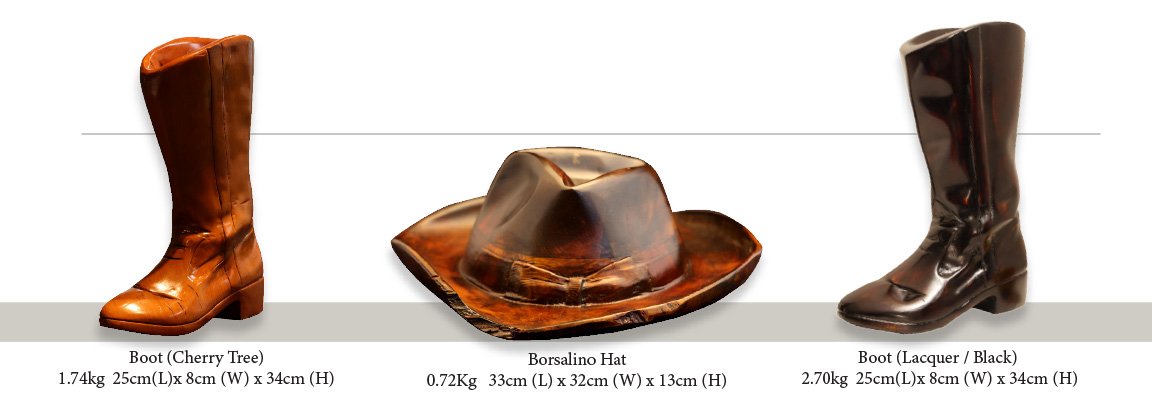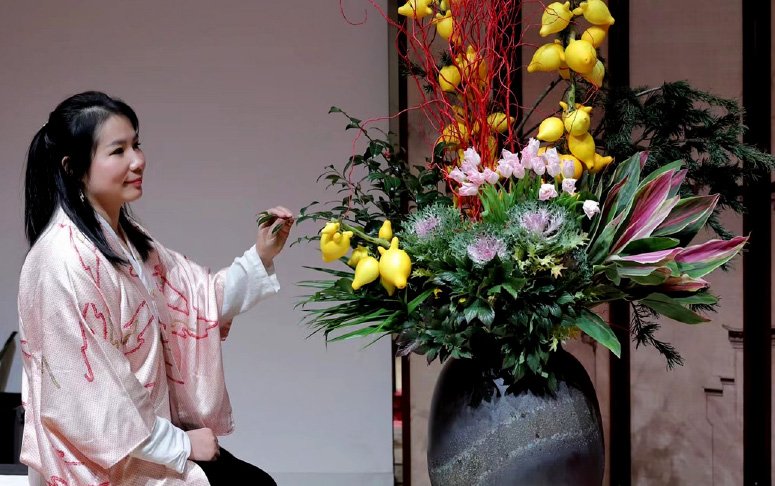Hashino’s unique and innovative designs are crafted from a rare hardwood tree whose wood has a very beautiful grain and texture. In Japanese this tree, a member of the Birch family, is called “Onoore Kanba,” which means “breaking the hatchet birch.” Hashino's products are made with careful consideration for their materials, shape and function produce a more beautiful and timeless result. Hashino often travels to the United States to introduce his products internationally. In 2012, he featured his products at Cherry Blossom Festival at Sakura Park in New York City, and also exhibited at American Craft Show in New York. In 2013, he received the Good Design Award. In 2016, 2017, 2018 and 2019, Hashino received the Gold Award Omotenashi Selection.
More than 30 years ago, Hashino produced his first wooden shoehorn and has been making these beautiful wooden tools with long, smooth carves ever since. In 2005, The Imperial Household Agency of Japan brought one of this signature pieces for the Emperor of Japan. Since then, three more sets of Hashino's shoehorns have also been stocked at the prestigious Nara Hotel, where the Emperor regularly stays. For his twisted combs, Hashino received more than 10 awards in Japan including Good Design Awards.
Hashino's shoehorn introduced by the Imperial Household Agency to the Emperor and his twisted combs that he received the Gold Award Omotenashi Selection will be exhibited at the venue. In 2019, Hashino started to partner with Brooklyn Brewery Japan and produced Wooden Brooklyn Brewery Cups. Hashino's products have been recognized internationally. He takes 1-3 years to finish each artwork, depending on artworks.











